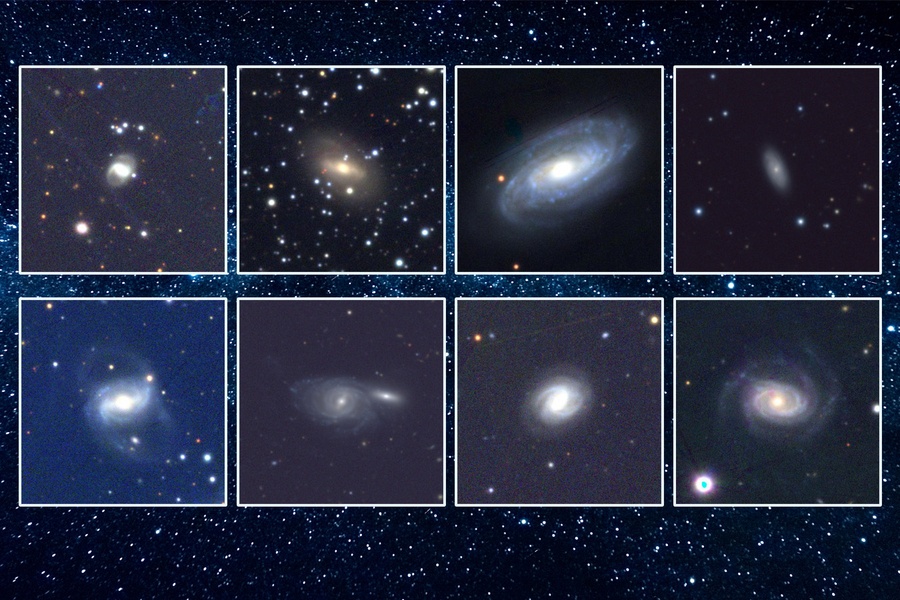Black holes have always held a special fascination for me ever since I was a geeky kid looking up at the stars. Their intense forces are the stuff of science fiction and can tear a star to pieces. This process is violent and can send bursts of electromagnetic radiation across the Cosmos. A paper recently published announces the discovery of 18 new tidal events just like this, doubling the number of identified shredded stars.
Black holes are the remains of massive stars that have reached the end of their lives. During the main chunk of a stars life there are two forces at play; gravity trying to collapse a star and the thermonuclear force trying to force the star apart. When massive stars reach the end of their lives, gravity overcomes the thermonuclear force and the core collapses leading to the formation of a black hole. The intense gravity from a black hole can have a massive impact on the surrounding space not only warping space and time but also tearing apart any objects that wander too close.

In the paper which was authored by Megan Masterson and team from MIT, appeared in the Astrophysical Journal and they announced the discovery of 18 new stellar graveyards where stars had been ripped up by the extreme gravity of a black hole. The event, known more properly as a Tidal Disruption Event (or TDE) gives off a burst of energy across the electromagnetic spectrum and it is this, the team has been hunting.
Previously these events have been detected through observations in visual and x-ray radiation leading to the discovery of 12 TDE events. The MIT team did something a little more unusual though, they found events by searching for Infrared signals instead. Anytime a star is ripped up by a blackhole, bursts of radiation pour out in all directions and in dusty galaxies, the energy can be absorbed by the dust causing it to heat. As the dust heats up it emits infrared radiation and it is that, which has served as a signal of an embedded, unseen TDE.
The team then searched through historical data looking at infrared observations and have now detected the closest TDE yet in the galaxy NGC7392 at a distance of 137 million light years. They continued to look through archive infrared data from NASAs Wide field Infrared Survey Explorer which has been searching for transient infrared events since 2009. Once they spotted a suspected TDE , they cross referenced the object with a catalog of all know nearby galaxies within 600 million light years. They detected about 1,000 events and traced the host galaxies.

The source of the burst was then examined to see if it was something else like a burst of radiation from an active galactic nuclei or maybe a supernova explosion. Once these were ruled out, they analysed the signals looking for the tell tale signs of a TDE in the – a sharp pike followed by a gradual decline.
Hunting for TDEs in infrared seems to have been immeasurably successful with not only gaining a greater understanding of the process leading to their formation but also in developing new techniques to help in their identification.
Source : Astronomers spot 18 black holes gobbling up nearby stars

